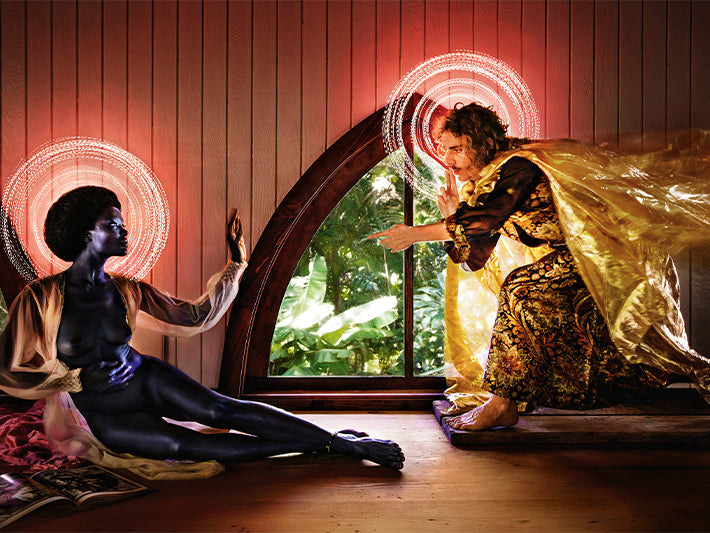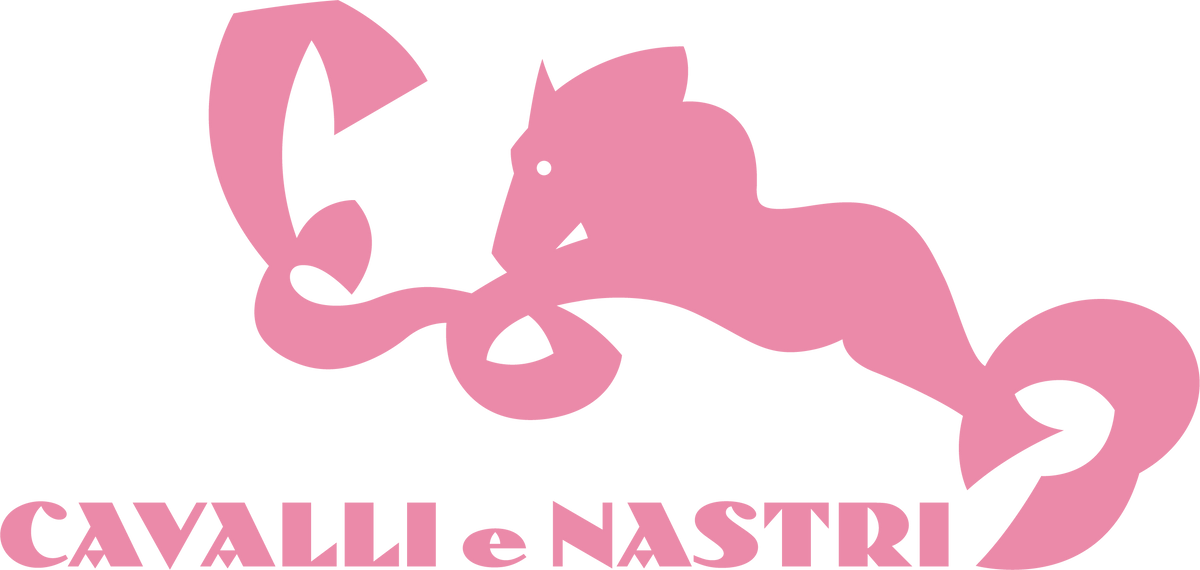
With this message, the photographer David LaChapelle opens the exhibition “David LaChapelle. I believe in miracles”. After spending many many years in the Big Apple, since 2006, LaChapelle has lived on an organic farm in Hawaii, which he founded, where there is no trace of the modern world and everything is powered by solar and water energy. He has repeatedly declared that his choice was spurred by the need to isolate himself following the frenetic work he was dealing with in the advertising field, and by feeling the need to dedicate himself entirely to art. However, the exhibition raises questions about this choice, and this radical change of life: the one currently hosted by the Mudec in Milan is a new and in some ways unexpected LaChapelle, with a critical look at the human soul investigated in its folds made of pain, loneliness, joys, passions and ideals. One wonders how many of these solitudes, joys and pains come from the artist's reflection on his own experience. In New York in the 80s and 90s, the AIDS plague claimed an incalculable number of victims, many initially belonging to the LGBTQ community, so much so that bigots and right-thinking people spoke of last judgement, a disease that affected homosexuals and prostitutes (in Italy someone will then talk about divine punishment following 1968). LaChapelle watches helplessly as his friends die as he waits for his turn. Over the years, not being able to find a logical explanation for the fact that he too was not infected, he came to the conclusion that he was a miracle worker, hence the name of the exhibition: I believe in miracles.1

LaChapelle talks about modernity in his own way, in a pop way and without intellectualism. His stylistic signature - surreal shots, characterized by bright colours, dreamlike and sometimes bizarre atmospheres - has often been described as baroque, even excessive. A highly constructed photography, defined not by post-production but by the construction of important sets, by a highly refined choice of models, and by a masterful use of light. The exhibition covers the artist's recurring themes: criticism of the American dream, the environmental crisis and mysticism, the latter in particular. Some of his most famous shots are present, such as the famous “Death by Hamburger” (a girl whose legs are only visible because she is covered by a giant inflatable in the shape of a hamburger) “Heaven To Hell” (a portrait of Courtney Love in Michelangelo's Pietà version, cover of one of the artist's most acclaimed photographic books), and some works from the Floods series (Deluges), which portray spaces such as museums and cathedrals partially, or entirely, flooded. To these are added several works of biblical-religious inspiration, naturally revisited in a pop key. Some shots are mounted on structures that recall church zithers. The protagonists of the shots are always the cold models that characterize LaChapelle's work, but a careful eye can notice "variations on a theme" dictated, for example, by the choice of costumes: no longer the glossy 90s allure, but a retro 70s aesthetic mixed with futuristic Iris Van Herpen style garments. A more recent triptych, approximately halfway through the exhibition, represents the loneliness and dependence on digital media caused by the Covid-19 pandemic, together with a poorly concealed criticism of an increasingly selfish and vain humanity.
Perhaps it was precisely the pandemic that inspired this reflective path of the photographer, in which we see his ironic streak disappearing a little, often replaced by desolation and apocalyptic atmospheres. However, there is a frame, taken from the video Revelations (also on display) which contains in its simplicity all the value that the artist gives to love and feeling in general, the only way of redemption for a society in decline: in the middle of an abandoned city, with all the windows boarded up and piles of rubbish thrown here and there, an elderly man and an elderly woman kiss passionately. In homage to what was, with the hope that it will return to being.
“David LaChapelle. I believe in miracles” is on display at the Mudec in Milan until 11 September 2022. Info mudec.it





